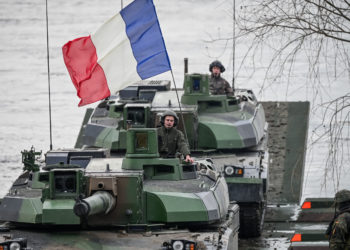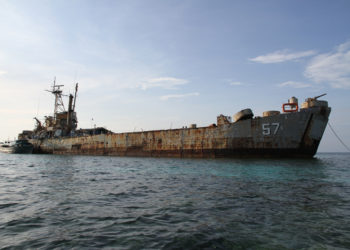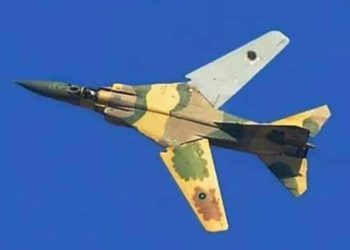
What can be said about China’s military research and development, other than that their unofficial motto being “Copy and Paste”? It’s no secret that when it comes to China, they have more or less cemented themselves as the world’s Xerox machine. If there is something mainstream in the world that is popular, it’s more than likely that a “copy” of said item is being made in China with a similar sounding name so as to cash in on the original’s success. Such blatant plagiarism also extends into China’s defense industry, as in recent years the PRC has developed new ships, vehicles and aircraft which look all too suspiciously like those being used by other military powers such as the U.S. and Russia.
But despite this fact, China has slowly emerged as one of the world’s top arms supplier: As of 2016, as they have found markets in Asia, Africa, and Latin America. China has been known to not only sell military equipment to any and everyone (They even sold some fighters to the U.S.A.F. for use as Aggressors), but would sell to them at a much more cost efficient price than what they would get if they would were to go to other arms sellers. Not to mention that some of China’s customers have been banned from buying western arms (Zimbabwe and Iran).
Now I will admit that I am possibly one of the biggest naysayer when it comes to Chinese made goods and will always question their quality, but I am willing to admit that China is a viable option for small, developing countries who are in need of bolstering the capabilities of their military. Need it be in the field of Maritime Patrol or even providing air support for troops on the ground.
1) C.A.I.C. Z-10
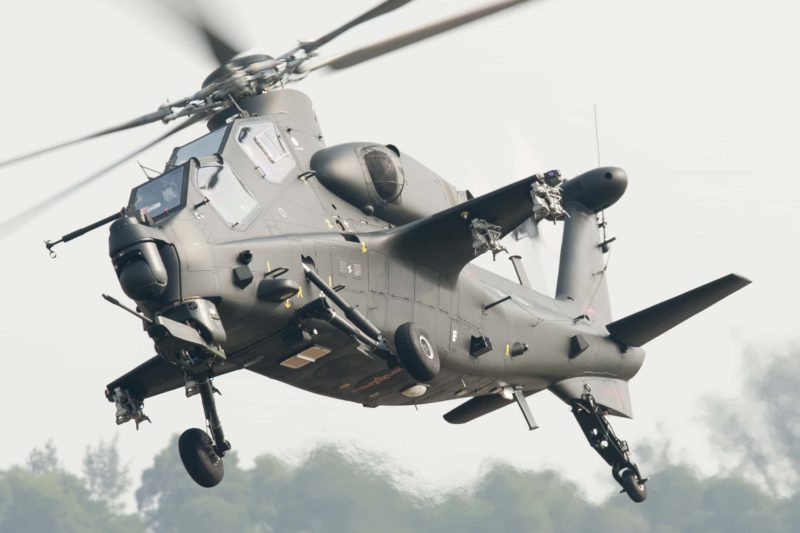 Built by Changhe Aircraft Industries Corporation (That’s a mouth full) and designed by Russian company Kamov, the Z-10 first took to the skies in 2003 and was formally introduced to the People’s Liberation Army 9 years later. Nicknamed the “Fierce Thunderbolt” the Z-10 is armed with a chin mounted chain gun, as well as four (4) hard points which allow is to carry a variety of rocket pods or anti-tank missiles (Depending on the mission it is sent on.)
Built by Changhe Aircraft Industries Corporation (That’s a mouth full) and designed by Russian company Kamov, the Z-10 first took to the skies in 2003 and was formally introduced to the People’s Liberation Army 9 years later. Nicknamed the “Fierce Thunderbolt” the Z-10 is armed with a chin mounted chain gun, as well as four (4) hard points which allow is to carry a variety of rocket pods or anti-tank missiles (Depending on the mission it is sent on.)
Like a lot of things made in China, the Z-10 is a rather cheap attack helicopter with a price tag of $17 million per unit. This means that for a lot of small countries which are looking for a dedicated attack helicopter, the Z-10 could be the logical choice seeing that it is more affordable that other comparable attack helicopters such as the American AH-1 or the Eurocopter Tiger. So far the only country which has openly shown interest in the “Thunderbolt” is Pakistan and they have acquired 3 aircraft for evaluation. But with global political climate becoming more volatile, don’t be surprised that more countries begin to eye the Z-10 for their use.
2) DongFeng EQ2050 (Chinese Humvee)
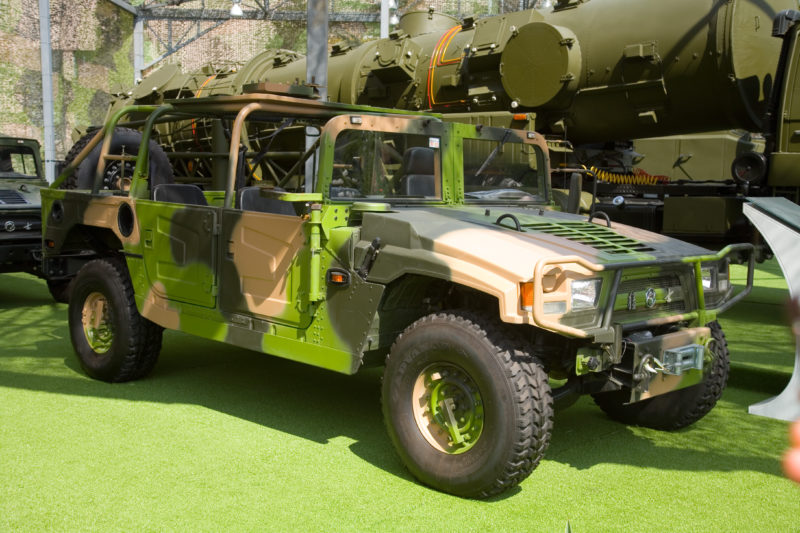
At first glance, the EQ2050 looks like a blatant knockoff of the legendary H-1 Humvee and you would be right. But this was not another case of simple cut and paste by China, as the story of the Chinese Humvee goes back to the late 1980s. When AM General presented one of their Humvees to the PLA during the Beijing Defense Exhibition as a gift. At first, the military was not too interested with the American 4×4, but after seeing the vehicle in action during the first Gulf War with American forces, the PLA gave it a second look.
It was not long before the Chinese began to experiment with their own home made Humvee, built by local company Dongfeng and known as the “Mengshi” or “Hamna”. Today the Mengshi has been fully integrated with the armed forces of China, numerous fire departments, and police units. But what really makes the Chinese Hummer so interesting is that two other Chinese companies, Shenyang and Xiaolong, have also built their own versions of the Hummer for both military and civilian markets.
With countries such as Zimbabwe and Belarus having these vehicles operational in their respective Defense Forces, the EQ2050 and it’s other clones could be on the wish list of many third world countries who are looking for a military 4×4.
3) Harbin Z-9 “Haitun”
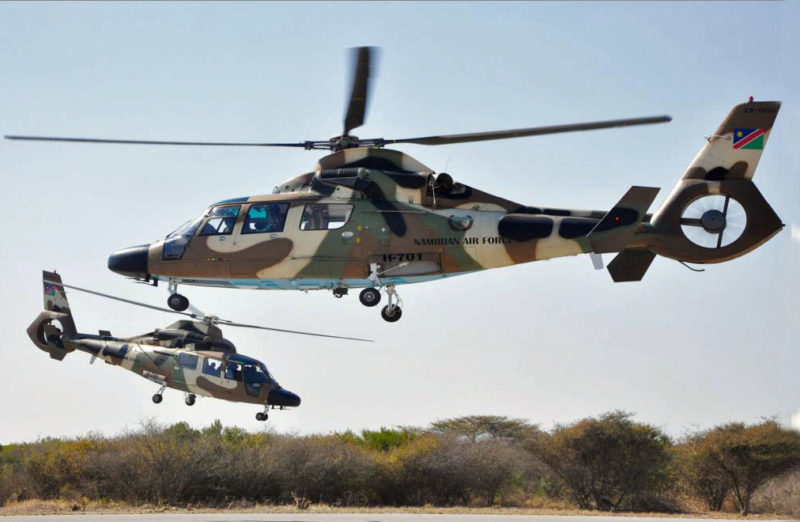
This is possibly one of the best-selling helicopters China has to offer. Taking flight in 1981, the Z-9 is licensed copy of the French made AS365 “Dauphin”. The first Z-9 was built with components from it’s French counterpart and for a time, Aérospatiale supplied parts for the helicopter which eventually entered service with the PLA in 1994.
Today the “Haitun” is 100% Chinese built and a number of variants have been produced to serve with all branches of the Chinese military. Primarily as a light utility helicopter, the Z-9 has a crew of two and could carry up to 4,200 pounds of cargo internally, or carry eight passengers. The Z-9W/Z-9G variant is a full on light gunship which could be armed with 2 AM-23 cannons, anti-tank or even air to air missiles. While the naval variant of the Haitun could be armed with ET52 torpedos for anti-submarine warfare or anti-ship missiles.
Harbin’s helicopter has done very well on the international market as well, as the Z-9 has been adopted by numerous military organizations around the world, mainly in Africa. With an estimated price tag of U.S.$11 million, it could be a feasible option for any country which needs a utility helo which could double as a close air support platform.
4) Type-056 Corvette/Jiangdao-class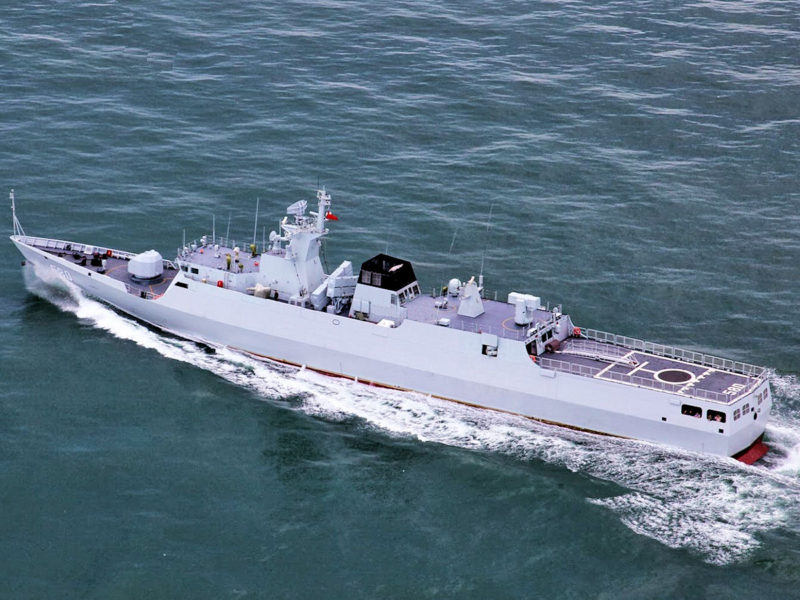
This one hits a little close to home for me. A couple years ago my country’s government said that they would be acquiring a “Long Ranged Patrol Vessel” from China for use by the Coast Guard. Automatically the Type-056 corvette came to mind and I has to admit I was a little excited by the idea.
With a length of 90 meters , a top speed of 25 knots, a 76mm main gun and with aviation facilities on board, the Type-056 would have been the perfect vessel for the job. As the vessel was designed with mid ranged missions and littoral duties in mind. But the Type-056 was not just designed to be a Coast Guard vessel, as the class could be armed with anti-ship and surface to air missiles. Making it a little bruiser in it’s own right. At present over 2 dozen vessels have been built for the People’s Liberation Army Navy, while the export variants known as the P-18 have been delivered to both Bangladesh and Nigeria.
As for my country the vessel we got was not a P-18, but it still makes me wonder what would have been the case if we actually did.
5) Shaanxi Y-8
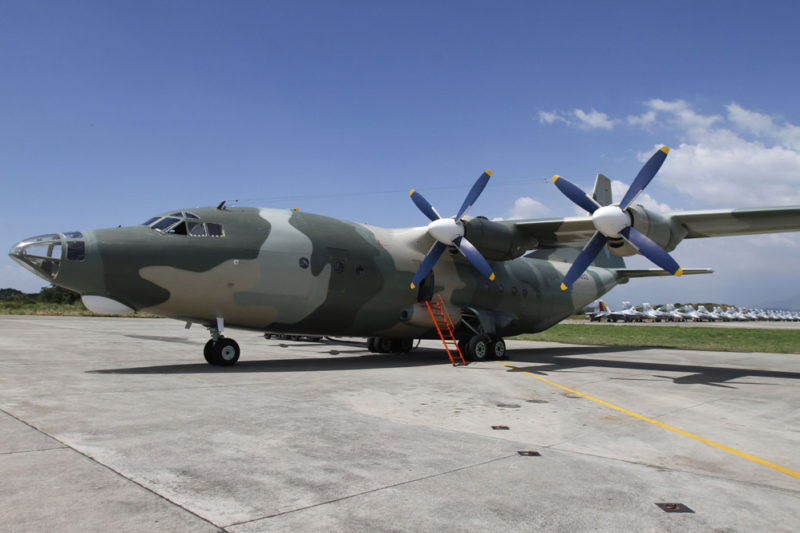
I guess you can make the argument the same way for the Y-8, it can be looked at as an updated version of the Soviet-era Antonov An-12 transport. Built by Shaanxi since 1981 and based on a aircraft which took first took flight in 1957, the Y-8 has been a rather popular option for countries in need of a medium lift cargo aircraft, but don’t have the funds to acquire aircraft like the Lockheed C-130 or even the A400M.
Powered by four Zhuzhou turboprop engines, the Y-8 has a maximum range of 3400 plus miles with a top speed of 410 mph. With a unit cost starting at US$35 million, its no surprise countries like Pakistan and Tanzania have brought the Y-8 for use as tactical transports. As they need such an aircraft to move troops and equipment to the far reaches of their respective countries quickly in case of emergency. Sri Lanka went one step further with 3 Y-8s they acquired, using them as “heavy bombers” during their civil war.
But the Y-8 is not just for cargo, as an Anti-Submarine Warfare variant was revealed in 2012 and there is talk of a “Gun Ship” version currently in development. Which would be not too different to the AC-130 Specter in terms of capability and fire power. But to date China has not shown any indications that the ASW or proposed Gun Ship versions of these aircraft would be available on the international market.
6) Chengdu J-7 “Airguard”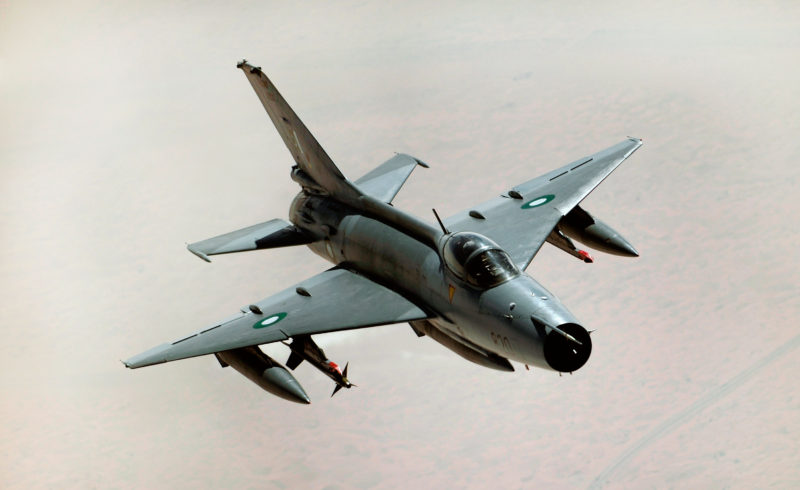
In the early days of the People’s Republic of China, the Communist regime began a sordid affair with the Soviet Union and during this time, the USSR shared a lot of technology with their new found ally. One of which was the soon to be legendary MiG-21 supersonic fighter, which was a rather inexpensive and simple aircraft and China was more than happy to gain such an advantage. Even after the two nations broke off the would-be alliance, the two still worked together when it came to the MiG-21.
In 1964, production of what would be known as the J-7 began at Shenyang Aircraft factory in Liaoning. But due to internal strife in form of the “Cultural Revolution” production slowed down drastically and it would not be until the 1980’s when the J-7 went back into full production.
Today the J-7/F-7 is undeniably the most successful fighter aircraft to be exported by the PRC. As at present over a dozen countries the Asia, the Middle East and Africa all use the Airguard. Even the United States managed to buy a number of them to replace their MiG-21s for Aggressor training. Sharing the same DNA as the MiG-21 the F-7’s main draw was of course its price, as a single aircraft sold for dirt cheap considering what you got was a supersonic fighter. For countries like Nigeria and Egypt, both of whom operated MiG-21s, the F-7 was a logical choice since both aircraft were basically the same and MiG pilots could easily adapt to the Chinese jet.
But like all good things, production of the J-7/F-7 came to an end in 2013 with the final 12 aircraft being delivered to Bangladesh. But with the Airguard now out of production, Chengdu hopes that their next fighter would pick up where its predecessor left off. That aircraft being……
7)) Chengdu JF-17 “Thunder”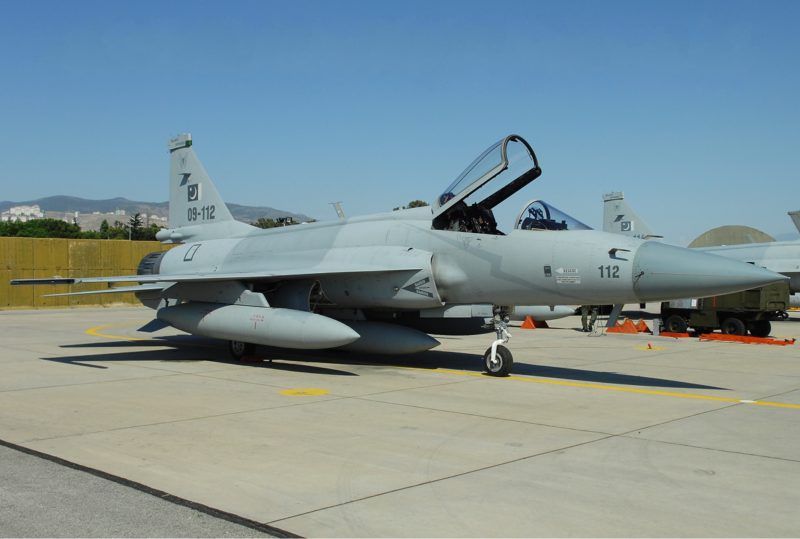
Okay, I may be cheating on this one since technically the Thunder is a joint project between China and Pakistan. But that has not stopped both countries from pushing the aircraft on the international market, as it is seen as the successor to the J-7. Much like its predecessor, the JF-17 is cheap with a price tag starting at US$25 million, making it in the reach of many countries who are in the market for new combat aircraft.
With a top speed of Mach 1.6 the Thunder has a combat range of just under 850 miles and has several hard points which allows it to carry both missiles and bombs. Effectively making it a “strike fighter” or attack aircraft. Not surprisingly the Thunder has caused a bit of a stir when it was announced that the aircraft would be available for sale and nations from Asia to South America have begun to line up and place orders for the Thunder. Some of whom still operate the older J-7/F-7.
But to date no other nation, aside from Pakistan, operate the Thunder as nations seem to be holding out until another low-cost fighter, the HAL Tejas, becomes operational. As it had been suggested that some would be operators out right changed their mind once they saw the Tejas in flight. So it looks as if for the first time in history, someone else just might undercut the Chinese.
Now I am not saying that these are the best that China or the world at large has to offer, but for many countries in the developing world, they are what could be needed for a price they can afford. Need it be for defense or civil use.
Now there are nations which in recent years have begun to look to China for military equipment as well, and in the case of Saudi Arabia and Argentina, have shown interest of building both tanks and aircraft outside of China for their armed forces. But China’s arms industry may soon have some competition, as mentioned before the HAL Tejas have caused many countries to second guess their decision of a cost effective fighter.
India has also begun to tread into the international arms market, as they have had some success in exporting utility helicopters and vehicles to over seas markets and there is talk of a possible cruise missiles sale to Vietnam. Brazil is also an unlikely market that is usually overlooked by most, but have also done well in the arms market. As they have sold everything from APCs to attack aircraft to other nations as were even in talks with the U.S. To jointly build the EMB 314 Super Tucano.
This is not to say that these nations would soon surpass China as major arms exporters, as the PRC still offer a number of systems and equipment which are not yet offered by these nations. But only time will tell if the China will continue to be the main source for affordable military goods.




